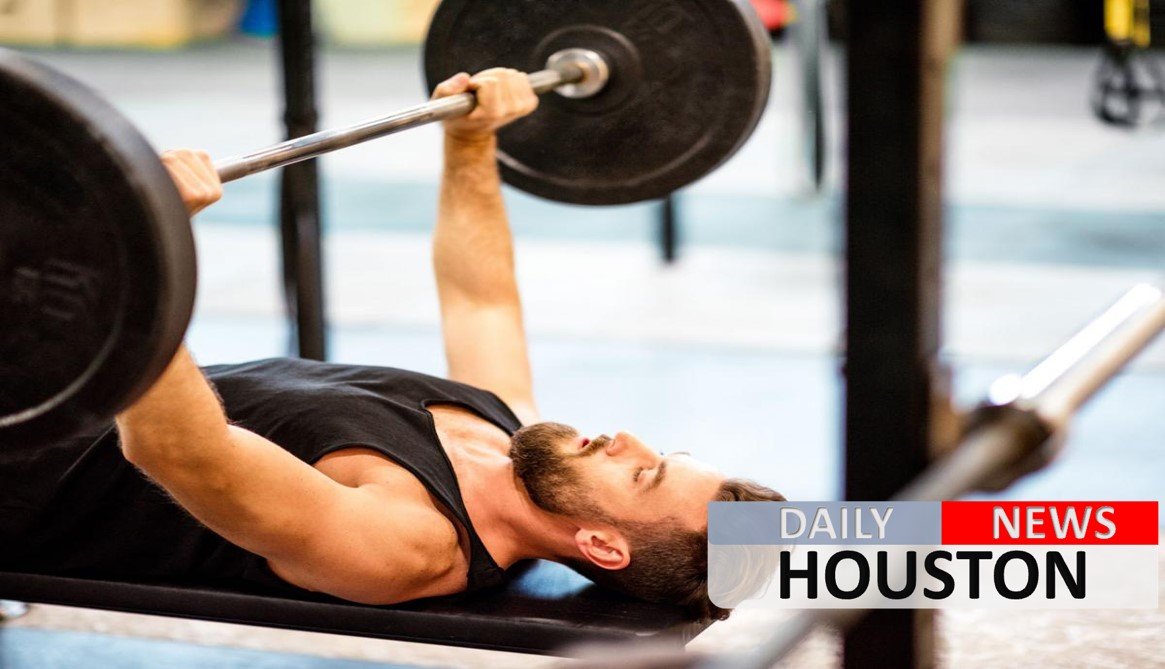Want to boost your one-rep max and reduce your chance of injury? These five tips will help you lift more safely and efficiently.
UNLESS YOU’RE A swimmer or a free diver, you probably don’t think twice about breathing. And when you lift, you probably fall under one of two categories: Guys who suck air in and puff it back out with wild abandon, or guys who swallow as much air as humanly possible before descending into a squat or blasting out a bench press.
Gentlemen: There’s a better way.
“The fitness industry has examined breathing patterns at rest or when a person is doing a physical activity, like walking or jogging, and they’ve tried to translate those mechanics into strength training,” says Joel Seedman, Ph.D., exercise physiologist, athletic performance specialist, and owner of Advanced Human Performance in Atlanta, GA. “Problem is, even at rest, aerobic work relies on oxygen, while lifting is an anaerobic activity.”
So that’s the first step: You have to breathe differently during cardio than you would during a lifting workout. “Strength training is controlled breath-holding to a certain extent,” Seedman says.
Of course, breathing alone won’t save your squat—you also need to make sure you have good technical lifting skills. “Biomechanics, posture, and form need to be keyed in before you focus on breathing,” Seedman says. If you start with breathing techniques, it can distract you from learning proper technique. Once you nail the fundamentals, the breathing will come almost naturally.
Here are a few key pointers on proper breathing when lifting heavy.
1. Control your breathing pre-lift
Regulate your breathing 30-45 seconds before a lift, Seedman recommends. If it’s really intense, give yourself some more time. The main focus is relaxing your body. “You want to slow your heart rate down to get lots of oxygen flowing to your muscles,” Seedman says. Some guys like to take strong, intense breaths to really get their nervous system amped up—huffing and looking like they’re ready to re-set a dislocated shoulder—but that kind of breathing pattern is detrimental to lifts, he explains. You’re not going to be taking any full breaths mid-lift. So if you start things off with a depleted supply of oxygen or your heart’s racing before a heavy set, you’re not going to lift to your potential.
2. Inhale before the eccentric, hold through the sticking point
You have two phases of a lift: the eccentric (lowering motion where you lengthen a muscle) and concentric (lifting/contracting motion where you shorten a muscle). Let’s use a squat as an example. Unrack the bar and ready yourself. “Before you start the eccentric phase, take in a two-second breath—nothing long or exaggerated, just a tight, crisp inhale so you get good oxygen in and stay tight in your position,” Seedman says.
“Hold your breath until you reach the bottom, then start driving back up, and blast through the sticking point—the most difficult portion of the rep,” Seedman explains. Don’t let that breath out until you’ve nearly completed the squat. “Most guys let their breath out too soon, and that’s one of the worst things you can do, not just in terms of compromising force production but it can place enormous stress on your spine, lower back, and connective tissue because you’re no longer able to remain tight and maintain that level of intramuscular tension you need,” he explains. Imagine you’re holding your breath underwater. You’re going to hold it until you break through the surface. In this case, the surface is that point where your emerge from the hardest portion of the squat.
3. Alter your breathing technique for deadlifts
Deadlifting calls for a different approach to lifting. “You’re starting the movement from the floor, so you’re under stress as soon as you begin the motion,” Seedman says—so when deadlifting, treat your setup as part of the move. “Simulate an eccentric phase by tightening up your body, pulling on the bar, and taking a tight breath in—holding it before you perform the concentric phase,” Seedman recommends. Continue holding your breath as you hinge up and lock out. Exhale as you lower the bar.
4. Imagine you’re sipping air through a straw
When you’re strength training, you don’t need forced, aggressive inhales and exhales—a huge misconception in the lifting world, Seedman says. “You’re not acting as if you’re blowing out candles,” he explains. Don’t gulp air. “Focus on having shorter, crisper breaths—almost like you’re breathing or sipping air through a straw,” he says. Big breaths decrease your intramuscular tightness and that full-body spinal tension and rigidity, which can increase your odds for injury. You need to keep your core tight and braced, and deep breathing compromises that bracing effect. What’s more, you won’t be able to handle as much weight, and you’ll place a huge strain on your tendons and ligaments. It’ll feel like you’re collapsing under the load.
5. If you feel like you need more air, breathe at the top of the lift
“If you’re doing a higher-rep set, like 10 squats, and you feel like you need some extra breaths to get oxygen in, that’s okay,” Seedman says. Take those breaths at the top of the movement—don’t do it during the concentric phase of an overhead squat or bench press. Sneak in the breaths at the top, reset, and continue until your set is complete.









